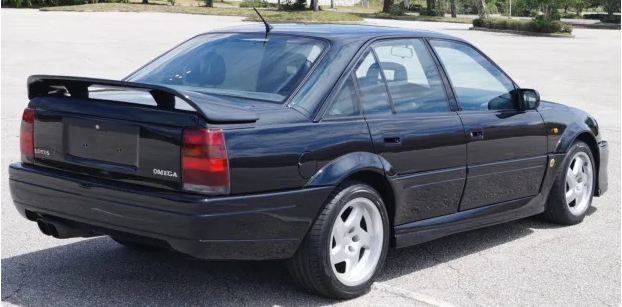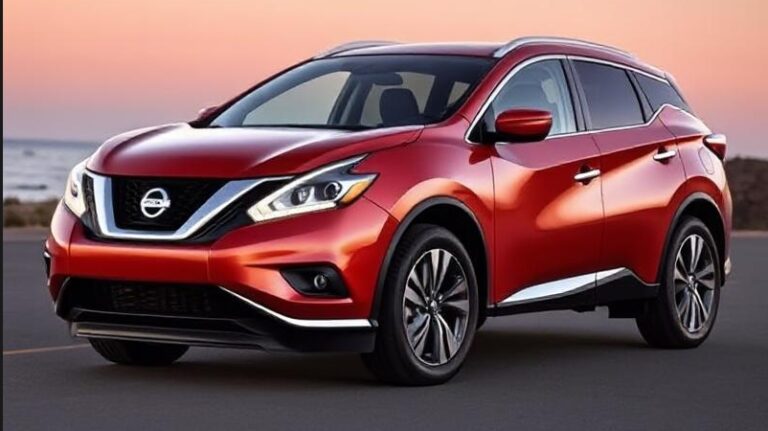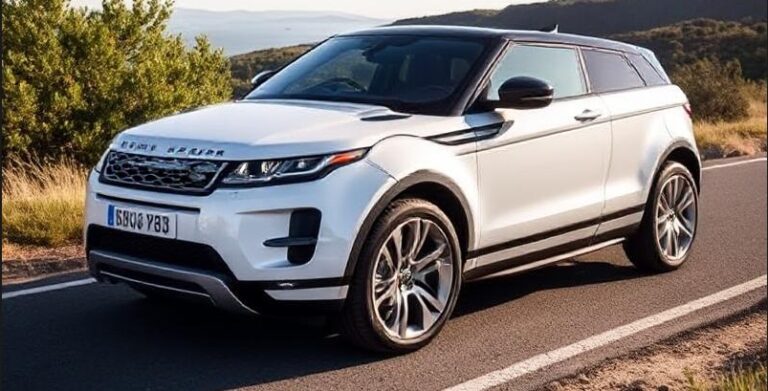The Evolution of the Opel Omega: A Comprehensive Overview
The Opel Omega holds a significant place in the history of European automobiles, representing Opel’s flagship executive car from the late 1980s through the early 2000s. Known for its blend of comfort, engineering innovation, and versatility, the Omega evolved through two primary generations, each marked by distinct design philosophies and technological advancements. This article provides a detailed chronological overview of the Opel Omega, including production years, models, and trim levels.
First Generation Opel Omega (1986–1994)
Introduction and Development
The first-generation Opel Omega was introduced in 1986 as a successor to the Opel Rekord, aiming to compete in the executive car segment against rivals like the Ford Granada and Volkswagen Passat. Developed under the project name “V70,” it was built on a new platform designed to deliver improved safety, ride comfort, and handling.
Production Years
- Launch: 1986
- Discontinued: 1994
Body Styles
- Sedan (Saloon)
- Station Wagon (Caravan)
- Coupe (introduced later in the run)
Design and Features
The Omega’s design reflected a modern, aerodynamic approach for its era, with a rounded profile and spacious interior. It prioritized comfort, with sound-proofing and ride quality as key features.
Engine Range
The first-generation Omega offered a range of petrol and diesel engines:
- Petrol Engines:
- 2.0 L I4 (Carbureted and later fuel-injected)
- 2.6 L V6
- 3.0 L V6
- 3.0 L V6 24V (later introduced)
- 3.6 L V6 (initially in some markets)
- 3.0 L V6 Turbo (limited markets)
- Diesel Engines:
- 2.0 L CD (Common Rail Diesel)
- 2.3 L Turbo Diesel
- 2.5 L Turbo Diesel
Trim Levels and Special Editions
Initial trims varied by country but generally included:
- L: Basic model with minimal features.
- S: Mid-range with additional comfort and convenience features.
- GL: Higher trim, offering more luxury features.
- CD: Luxury-oriented trim with upgraded interior options.
- V8 Models: Some markets, notably Australia and South Africa, offered V8 variants with 5.0 L engines (e.g., the Opel Omega V8).
Notable Variants
- Opel Omega 3000V6: Featuring the 3.0 L V6 engine, this model emphasized performance.
- Opel Omega Caravan: The station wagon version was popular among families and commercial users.
- Luxury Editions: Often equipped with leather upholstery, power accessories, and premium audio systems.
Noteworthy Features
- Introduction of anti-lock braking system (ABS) in some models.
- Advanced suspension setups for enhanced ride comfort.
- Early versions incorporated electronic fuel injection, improving efficiency and performance.
Second Generation Opel Omega (1994–2003)
Development and Design Philosophy
The second-generation Opel Omega, launched in 1994, represented a significant redesign with sharper styling and improved technology. It was based on the GM V-body platform, shared with other General Motors vehicles, and aimed to elevate Opel’s presence in the executive car segment.
Production Years
- Launch: 1994
- Facelift: 1999
- Discontinuation: 2003
Body Styles
- Sedan (Saloon)
- Station Wagon (Caravan)
- Rarely, a limited number of coupé variants
Exterior and Interior Design
The second-gen Omega featured a more angular, modern look with a prominent grille and cleaner lines. Inside, it boasted a more refined cabin with improved materials, ergonomics, and technological features.
Engine Range
This generation expanded the engine options, emphasizing refinement and efficiency:
- Petrol Engines:
- 2.2 L I4
- 2.5 L V6
- 3.0 L V6
- 3.2 L V6 (introduced in 1999 facelift)
- 3.0 L V6 24V
- 3.2 L V6 24V
- 3.2 L V6 24V VXR (performance model in some markets)
- Diesel Engines:
- 2.0 L Turbo Diesel
- 2.2 L Turbo Diesel
- 2.5 L Turbo Diesel
- 3.0 L Turbo Diesel (later models)
Trim Levels and Special Editions
The second-generation Omega’s trims varied by market but generally included:
- Essentia: Base models with essential features.
- Elegance: Mid-range trim with added luxury and convenience.
- Sport: Focused on performance, often with sport suspension and unique styling cues.
- Diplomat/Highline: Top-tier trims with premium features such as leather interior, wood trim, and advanced audio systems.
- V6 and V8 variants: Especially in Australia and South Africa, where larger engines and V8 models were offered.
Notable Variants and Special Models
- Opel Omega 3000V6 (1994–2003): Powered by a 3.0 L V6, these models were popular for their smooth performance.
- Omega V6 Turbo (1999 facelift): Enhanced turbocharged versions for improved power.
- High-Performance VXR (UK and Australia): Limited-edition models with sport-tuned suspension and styling enhancements.
Facelift and Mid-Cycle Updates
In 1999, Opel introduced a facelift that included:
- Redesigned front and rear bumpers.
- Updated grille and headlights.
- Improved interior materials and features.
- Introduction of new engines, notably the 3.2 L V6.
Technological and Safety Features
By the late 1990s, the Omega offered:
- Electronic stability program (ESP)
- Traction control
- Adaptive cruise control (in certain markets)
- Advanced audio and navigation systems in higher trims
We LOVE cars & cruising around, but sometimes day trips to explore new cities are required (with family or friends) for a spice of variety in your life!
So GO explore!
Cruises & Day/Night City Tours to: Baltimore, Boston, Chicago, Marina Del Ray, New York, Niagara, Philadelphia, San Diego, San Francisco, Toronto, Washington DC, etc.:

.
Global Market Variations and Notable Models
The Opel Omega was marketed under various names and configurations worldwide:
- Vauxhall Omega: Sold in the UK, especially popular in its V6 and VXR variants.
- ** Holden Commodore (Australia):** The Omega name was replaced by the Commodore in later years, but the V6 Omega was well-regarded.
- Chevrolet Omega (Latin America): The Omega was sold in Brazil and Argentina as a Chevrolet model, with some unique trim and engine options.
- Opel Omega V8 (South Africa): The V8 variants were particularly notable in South Africa, where they offered a combination of luxury and performance.
End of Production and Legacy
The Opel Omega production ended in 2003, replaced by the Opel Vectra/Signum lineup, which aimed to modernize Opel’s executive offerings. The Omega’s reputation for comfort, solid build quality, and engineering innovation has cemented its place as a classic in the European executive car segment.
Key Highlights:
- Transition from traditional body-on-frame to more modern unibody construction.
- Introduction of a broad engine lineup emphasizing performance and efficiency.
- Evolution of safety and technological features, setting standards in its class.
- Cult following among enthusiasts, especially for the V6 and V8 models.
Conclusion
The Opel Omega’s journey from 1986 to 2003 encapsulates a period of significant evolution in automotive design and engineering. From its initial conception as a modern successor to the Rekord to its final facelift, the Omega consistently adapted to market demands and technological advancements. Its range of models and trims reflected Opel’s commitment to offering a versatile, comfortable, and innovative executive car. Today, the Omega remains a respected nameplate, admired by car enthusiasts and collectors for its engineering legacy and timeless appeal.







